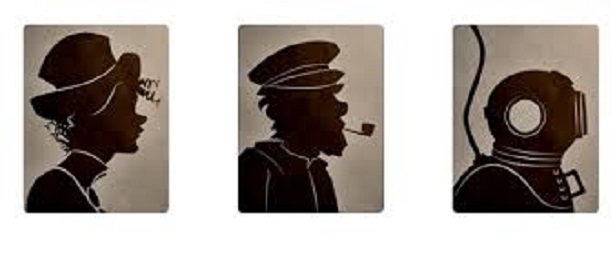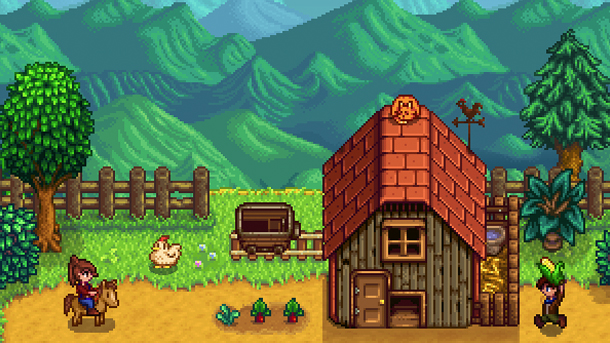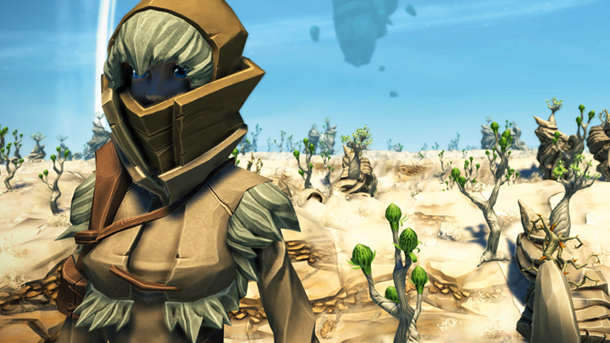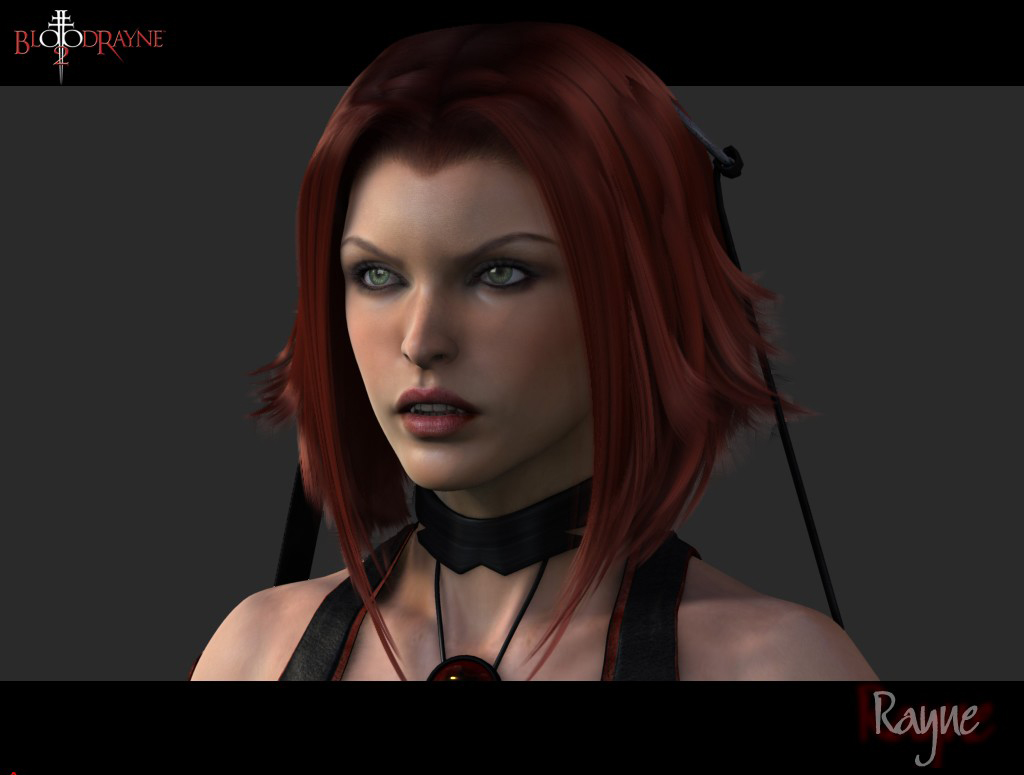I get it. I know. You just “don’t really see a problem” with objectification of female characters. You don’t really think racial representation is an issue. You think people are just taking it all too personally. I want to talk to you about this, though, because you’re part of our future, our collective future, because we’ll both still be playing. I want to talk to you because there’s more on the table than sensitivity.
I guess we better start by talking about objectification, or maybe just female bodies in general. Different people have different standards here, and I’m not trying to speak for everyone. I’m just speaking for me, so I’ll tell you, Young Male Game Designer, I don’t have any problem with bodies. I wish there was a little more body diversity in the media in general, and yes, in games, but more variety in bodies is more work, so I can understand why designers would want to work with fewer options in terms of size and shape. That’s fair, sure. I also get making characters more attractive than average. Video games have pulled this from film and television; it’s standard in visual media. Okay. Again, wouldn’t be my preference, but I get it. But whew, have you noticed just how many grizzled brown-haired white dudes there are in games, who have similar body types? Because, well, there’s a lot. And as for women, well, there are a lot of slim-waisted, big-breasted women running around in games. Maybe we could have a little variety?
You may be thinking, but wait! Things are getting better, and sure, they are, sometimes, in some games. Great. But there’s still a lot of ass-cam happening with women, while men’s asses may be a little less visible. I’ve written about this, and Anita Sarkeesian took it up, too, and it happens because women are there to be looked at. Women’s bodies are contorted in posters and promos, their outfits are designed to show off those bodies, and the bodies themselves are often sexualized, if not hypersexualized. Why? Just to look good for people who particularly enjoy women’s bodies.
And maybe here you’re thinking, well, what’s wrong with that? There’s nothing wrong with women’s bodies! And that’s true, sure. But there is something wrong with this:

The clear, consistent difference in the way female characters are treated, designed, and presented versus male? It can be a little off-putting. Come the apocalypse, personally, I want practical shoes and a pair of pants. These guys, I see, agree with me. More, though, I would like game designs to make more sense. This doesn’t mean writing in a reason or explanation for a woman to be in tight clothes versus a man. It means allowing those characters to populate the space they’re in, in ways that make sense. It means not artificially contorting character and story the way women’s bodies are contorted for the boobs-and-butt pose.
But let’s move on.
 Listen, here’s the deal: I don’t care about games like DoA Xtreme Beach Tittybounceball. There are people who do, I guess, but I am not one of them. It’s easy for me to avoid because I don’t care about volleyball, bikini shopping, or Butt Battles, just as it’s easy for me to avoid as the latest Assassin’s Creed or Madden (also games I’m just not into). I know there’s a lot of back and forth over the most recent DoA spin-off. Kotaku’s got a good summary of what went down, and Polygon as well, and here’s Hardcore Gamer with another angle, including a rundown of sales of the past two installments in the franchise arm (spoiler: they were never that great). But all that’s just background; if you, Young Male Game Designer, are upset about this game, you’ll spread blame around as you will, because you’re human; it’s how we do. But I just wanted to tell you, really, that I don’t care about a game like this. I care about rape in games, a lot; I care about underrepresented minorities in situations when and where they should exist. I care about the development of female characters. I care about distracting from an otherwise great game to include fan service. Someone’s fan-service game doesn’t show up on my radar. You do you.
Listen, here’s the deal: I don’t care about games like DoA Xtreme Beach Tittybounceball. There are people who do, I guess, but I am not one of them. It’s easy for me to avoid because I don’t care about volleyball, bikini shopping, or Butt Battles, just as it’s easy for me to avoid as the latest Assassin’s Creed or Madden (also games I’m just not into). I know there’s a lot of back and forth over the most recent DoA spin-off. Kotaku’s got a good summary of what went down, and Polygon as well, and here’s Hardcore Gamer with another angle, including a rundown of sales of the past two installments in the franchise arm (spoiler: they were never that great). But all that’s just background; if you, Young Male Game Designer, are upset about this game, you’ll spread blame around as you will, because you’re human; it’s how we do. But I just wanted to tell you, really, that I don’t care about a game like this. I care about rape in games, a lot; I care about underrepresented minorities in situations when and where they should exist. I care about the development of female characters. I care about distracting from an otherwise great game to include fan service. Someone’s fan-service game doesn’t show up on my radar. You do you.
No, Young Male Game Designer, it’s the Quiets that bother me. Metal Gear Solid V is a good-but-flawed game, with an expansive world to explore, lots of goodies to collect, and plenty of moments of tension. The game also feels unfinished, both purposefully and not; it’s rough around the edges, and doesn’t seem as complete as it might have been. It’s an enormous game, carefully designed, an effort that took years and more money that I could conceive of. And yet, developing the game would have cost less in terms of both money and time if there hadn’t been so much time and effort spent on making Quiet’s boobs bounce and slide, if effort hadn’t been spent making sure the bikini bottom on her ass left a realistic red mark when it shifted (it’s a tight piece of leather, you know).
I get it. You want to talk about Quiet’s agency, about how after she was stuck with roasted lungs and a parasite that changed her body, it just makes sense for her to dress like that. She’s a sniper, right, and alone, so why burden herself with extra clothes. What’s the point, even. Let her make her choice.
Of course, she doesn’t make a choice; Kojima and a team of designers made those choices, but even laying that aside for a moment, parasite or no, I’ve gotta say that I don’t think I would want to spend my days lying mostly naked under a burning sun, especially if I breathe and take water in through my skin (for reasons). Sunscreen is probably problematic for her. But worse, Young Male Game Designer, is the idea of dirt and debris getting into those ripped fishnets. Have you ever had debris work its way into your tights, Young Male Game Designer? A single grain of sand or something in there inspires some Princess & the Pea level misery bullshit. Fishnets in that environment, doing that job, are a recipe for madness. She might be resilient, but there’s nothing about her character that indicates she begs to be uncomfortable.
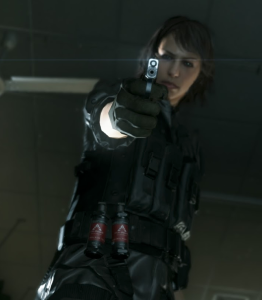 And maybe she wasn’t always a sniper, but she did have a clear idea of practical dress when we see her in the game’s beginning. Look at all those pockets! That stuff! Yeah, she needs less once she develops superhuman abilities, but there was no indication that the parasite also suddenly gave her the desire to be as uncomfortable as possible. I want so badly to just give her a pair of shorts. Take a page from Lara Croft and grab shorts, a tank top, a good sports bra. Cut down on chafing, jiggling, general discomfort and wounds, because even if you heal quickly, you’re expending much-needed energy to heal easily avoided wounds.
And maybe she wasn’t always a sniper, but she did have a clear idea of practical dress when we see her in the game’s beginning. Look at all those pockets! That stuff! Yeah, she needs less once she develops superhuman abilities, but there was no indication that the parasite also suddenly gave her the desire to be as uncomfortable as possible. I want so badly to just give her a pair of shorts. Take a page from Lara Croft and grab shorts, a tank top, a good sports bra. Cut down on chafing, jiggling, general discomfort and wounds, because even if you heal quickly, you’re expending much-needed energy to heal easily avoided wounds.
But maybe, Young Male Game Designer, it’s that realism only applies to some things. That’s fine. I like that when I throw an enemy off a tower onto some rocks, he dies. That’s a touch of realism that makes me pay attention to the environment. I know even a guy like Snake can’t run forever in the real world, but that’s a move that adds convenience to my game. I’ll accept it. Games are built on these ideas of give and take, so it’s not like I want all realism all the time. But as a woman, I get this sense that not many (male) game designers realize that a good sports bra is really the best investment a woman can make when she’s gonna be running, jumping, flipping, flying, shooting, raiding, or whatever. Quality shoes and a good sports bra. That’s life.
Speaking of Lara Croft, not all beefs are about sports bras (but can we get her one?). No, I just want to point out that there’s a reason, a good one, that Angelina Jolie’s live-action raider of tombs often wore her hair in a braid (those silly loose pieces of hair notwithstanding). Why? Well, a braid is much more practical than that layered mop current-Lara is sporting. Her hair is ridiculous, and made more so by the constant personal breeze that follows her around. Young Male Game Designer, someday, when you’re working on something, I hope you’ll remember that hair in your eyes is a bad life choice for someone who spends a lot of time climbing, running, and jumping.
It’s not that things always have to be practical. As stupid as I think most costumes (worn by anyone) look in fighting games, I tend to let those slide. Why? Because everyone’s ridiculous in Street Fighter and Soul Calibur. Yeah, sure, I’d personally prefer a Cammy who wasn’t in danger of a fabric surprise at any moment, or an Ivy who wasn’t popping out of a corset (sports bras, people; how many times do I have to say it?), and I’m a little concerned for Taki’s nipples (chafing), but listen, Voldo exists, and Rock. And everyone any more has such an extreme, over-the-top body design, especially in Street Fighter, that I’m starting to file fighting games away with with the Maddens and the Assassin’s Creeds; I’m just not here for that. Still, the women are often much more exposed in a sexualized way versus the hypermasculinity of the male characters, and for those women who still love fighting games, I get how that could be a barrier issue. But this is my open letter, so I’ll just say: fighting games look silly these days, sillier than in ye olden days, and they’re hotbeds of stereotypes, too. (Can I just say, though, before we leave this behind, that jiggling boobs cost more here, too? Those pendulous, swinging breasts, the flouncy little skirts that reveal panties… that’s money. More than the wildly proportioned muscles of the men.)
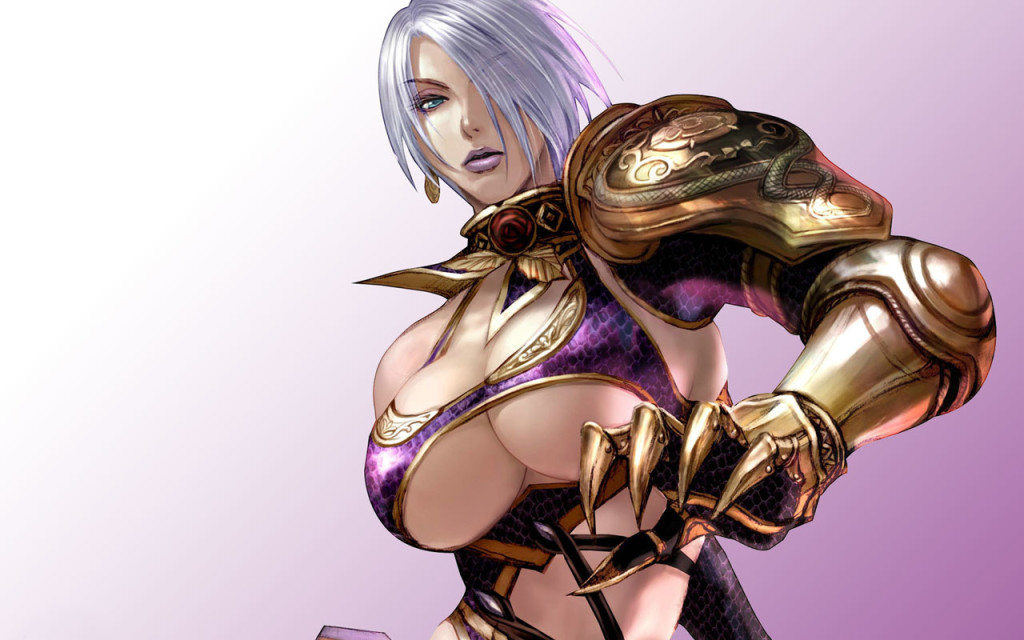
And speaking of stereotypes: that’s another problem, Young Male Game Designer, and one that may not affect you as much, since per the data, you are probably not just male, but a Young Cis Straight White Male Game Designer. You are the dominant group. Rejoice! But you should pay attention to everyone else, too. Isn’t that what all this is about? Learning to sit and listen in those moments when maybe something doesn’t affect you but is still important? Remember the outcry when a bunch of people were mad at Rust because they might get a black character that they didn’t choose? That’s how the rest of us feel all the time, though we often bear it with less vitriol, unless there’s a character creation element in the game, and even then players are forced into choices they may not want to make.
I’ll never forget the hype for the original Fable. You could be anything you wanted, right? Make your own person, your own world. Sure, so long as what you wanted was to be a white dude. Never was there as a clearer message about who was important, and who wasn’t.
Young Male Game Designer, I’m not trying to make assumptions here. Maybe you find Ivy ridiculous. Maybe you want Quiet to put on some shorts, too. Maybe you think Lara Croft should eat a sandwich and tie her hair back. But I wonder, have you put a game down because the female characters were so ill-suited for anything but the male gaze that you felt turned off completely? Have you stopped playing a game thanks to a particularly insensitive portrayal of a person of color? It’s not a contest to see who’s most “offended”; I’m just curious. I’ve certainly disdained certain games over the years, games I might have otherwise enjoyed. Games I might otherwise have bought.
I wonder how many people refused to buy Mass Effect or Dragon Age: Inquisition because there were homosexual romance options or because the latter had a trans character. I wonder how many people bought those games just because, finally, they might see a little chance for themselves in a game.
I want to ask you these questions, Young Male Game Designer, because I want you to think about profit and money and reach and audience. Because it’s not just about “politics” or basic human empathy or social justice warriors or anything else. There are people who want to play, who sometimes settle, who sometimes ignore the Quiets or the heteronormative design or the inability to give a Black man realistic facial hair or anything else… and sometimes, people decide not to settle. They buy something else, or don’t buy at all.
What happens if we try a little more all the time to open up those markets? What’s lost versus what’s gained?
Just think about it, Young Male Game Designer. You’ve got a long history of games to look at, so it’s easy to say “well, this is just how things are.” Or “well, I just don’t see it.” Or “well, people just take things too personally.” “That just doesn’t bother me.” “It’s not a big deal. Just get over it.”
It’s easy to say that, any of that, when it’s not you. When you’re not affected. When at worst, it’s an annoyance or a flaw in mechanics or design. This is how games have been. It’s how they are. What happens when we start asking ourselves what games could be?

